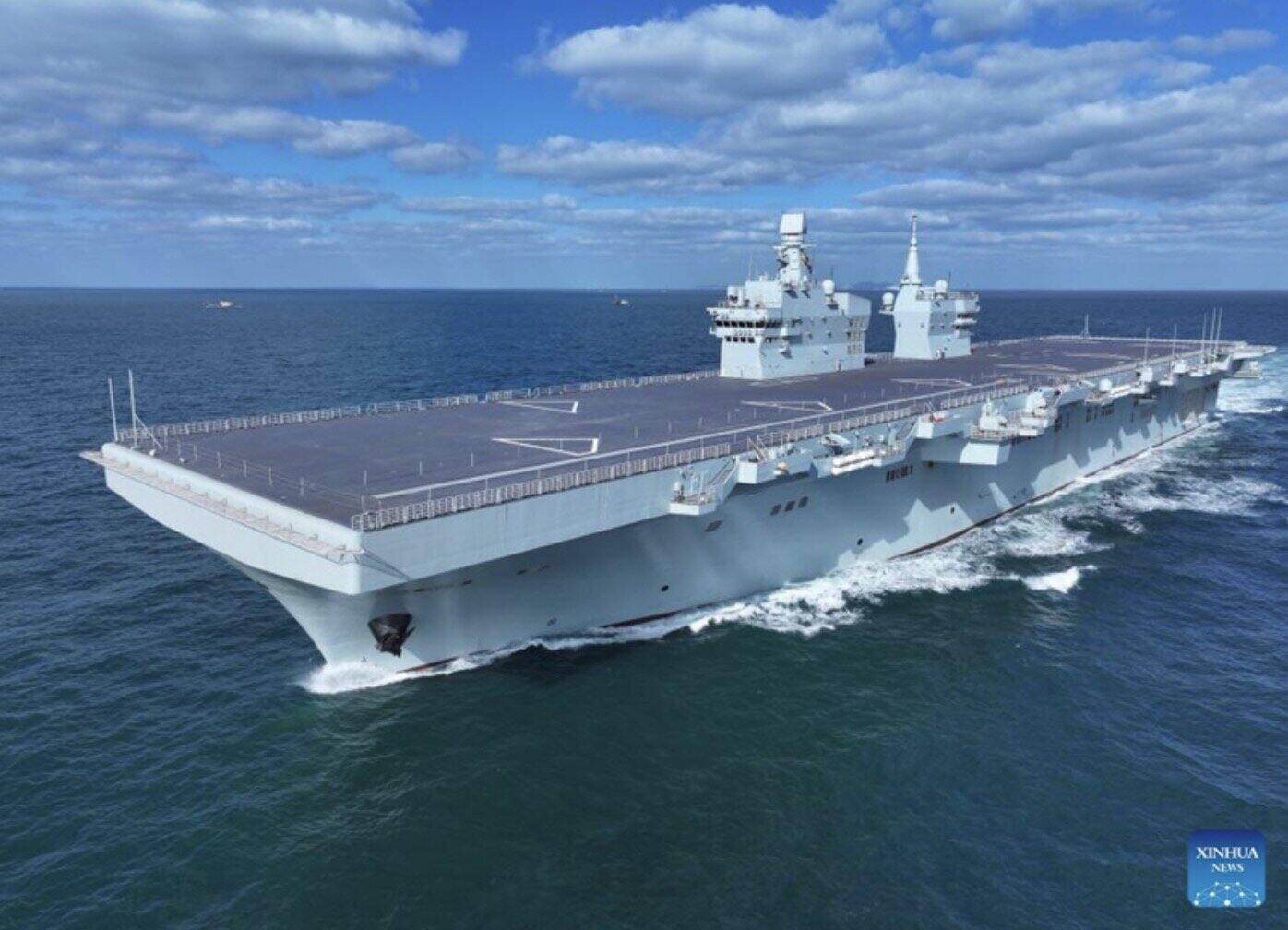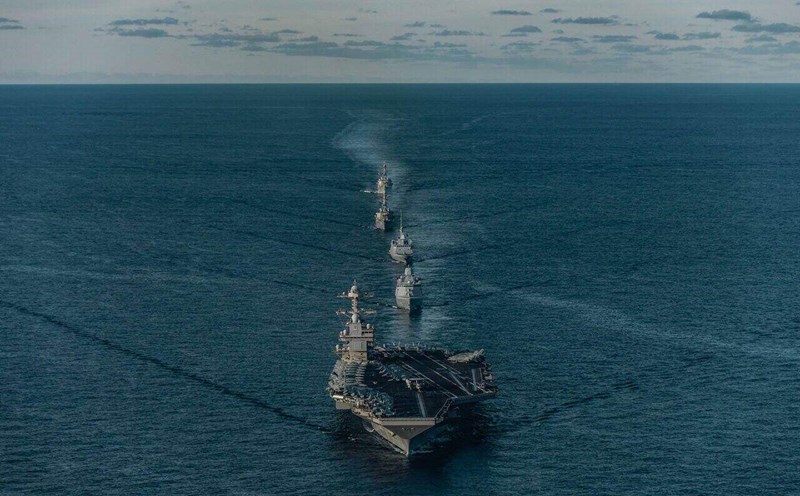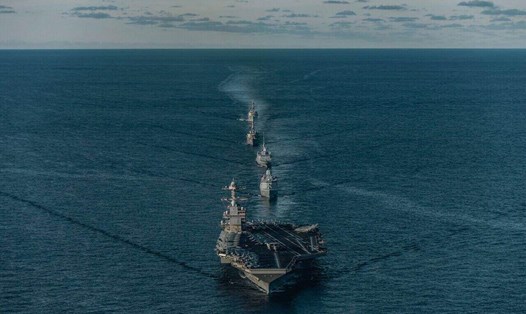China's aircraft carrier program continues to make rapid progress. The country has completed eight aircraft carrier, and at least two other super aircraft carrier are under construction, positioning the country's naval aviation capabilities to compete with the United States by the 2030s.
Nine days after China's first super carrier, Fujian, was put into operation on November 5, the eighth and first of the Type 076, Sichuan class, began its first sea testing on November 14.
These two ships possess high capabilities and roles to complement each other in the Navy. Fujian and Sichuan are the first two of three aircraft carrier in the world to join the US Navy's USS Donald Ford super aircraft carrier with an electromechanical launch system (EMALS).

This new technology allows ships to provide significant energy when launching to facilitate a higher take-off weight, which is expected to be a popular feature of all Chinese aircraft carrier in the future.
Fujian is an 85,000-ton ship capable of creating very quick takeoffs by launching up to 3 aircraft at the same time. Meanwhile, the Sichuan is a much smaller ship, 50,000 tons, blurring the line between a landing attack ship (like a lighter Type 075 ship) and a complete aircraft carrier.
Sichuan is designed to house a smaller fleet, expected to include mostly or all drones, including new stealth fighter jets such as the GJ 11. The ship uses a two-islet design using a steam engine for pushing, with a long runway, many large elevators and an aircraft storage compartment inside to hold long-range fixed-wing aircraft.
Sichuan is capable of operating about 28-35 aircraft depending on their size, and also has a well floor to allow it to operate as a landing attack ship.
Despite being small compared to super aircraft carrierers, the Sichuan is still a large ship by international standards, with a larger displacement than the US Navy's Wasp and America aircraft carrier, which contained the F-35B, and 41,000 tons larger than Europe's largest aircraft carrier, the Charles de Gaulle nuclear-powered energy ship.
Developing a specialized aircraft carrier to deploy fixed-wing drones has never been tried before but can bring many advantages. China is a global leader in developing the aircraft, which typically require less maintenance, less space and are often more efficient than piloted partners.
Compared to Fujian, Sichuan will provide the capability of light aircraft carrier with fleets focusing more on attack operations rather than providing air combat capability, due to the limitations of drones in this field.











